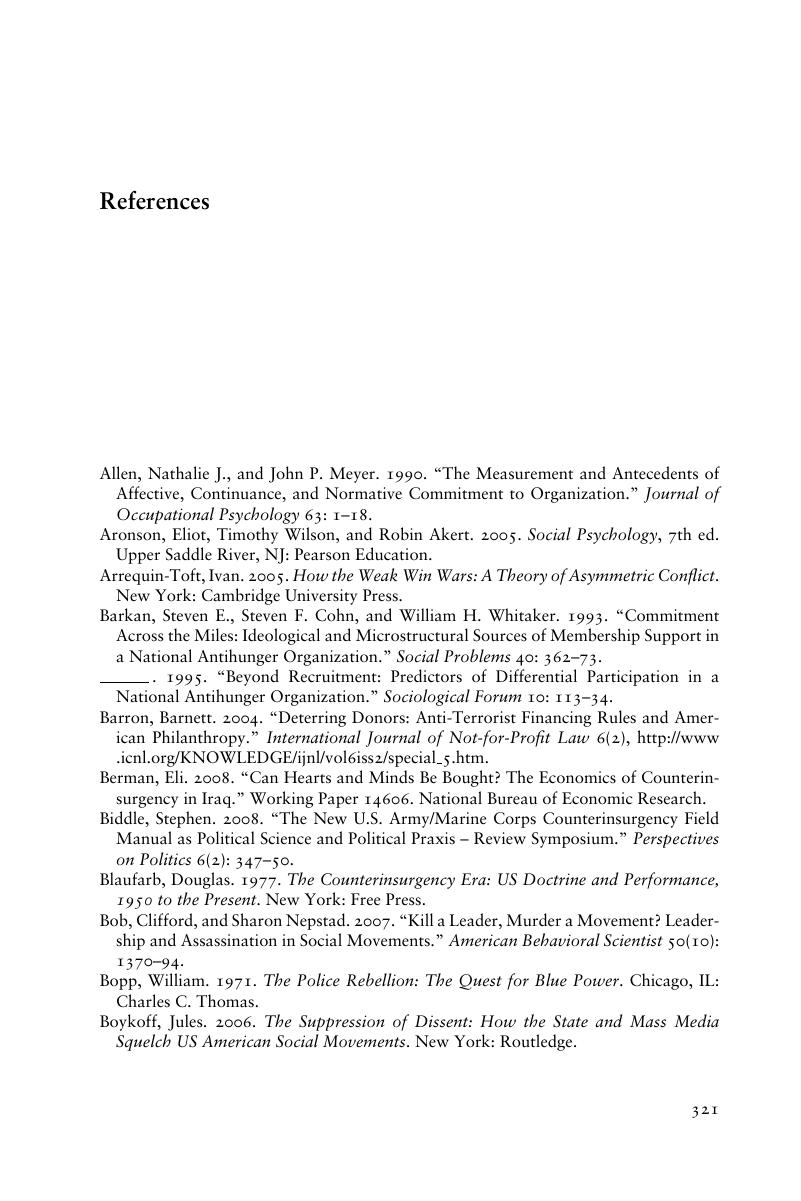References
Published online by Cambridge University Press: 05 December 2014
Summary

- Type
- Chapter
- Information
- How Social Movements DieRepression and Demobilization of the Republic of New Africa, pp. 321 - 334Publisher: Cambridge University PressPrint publication year: 2014

